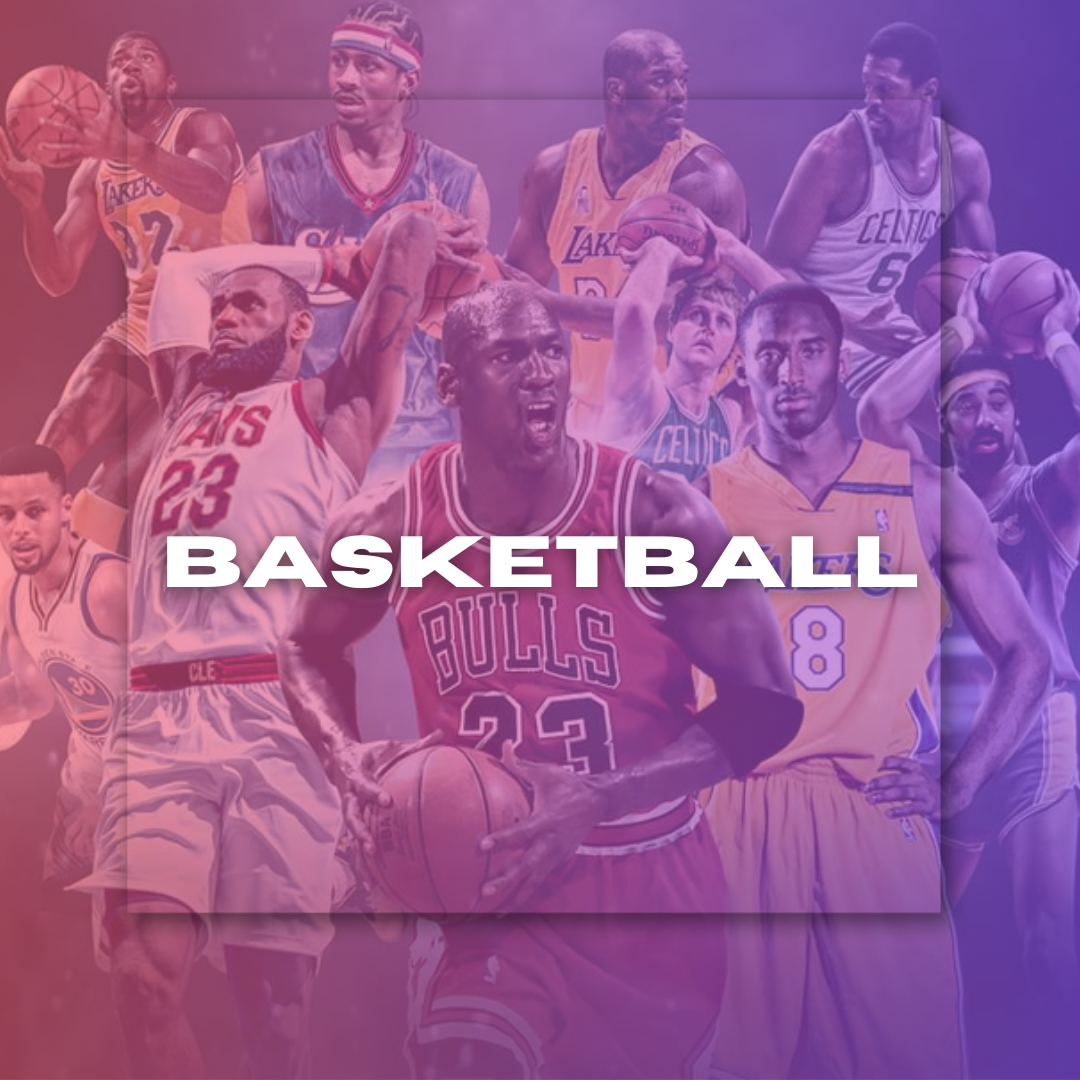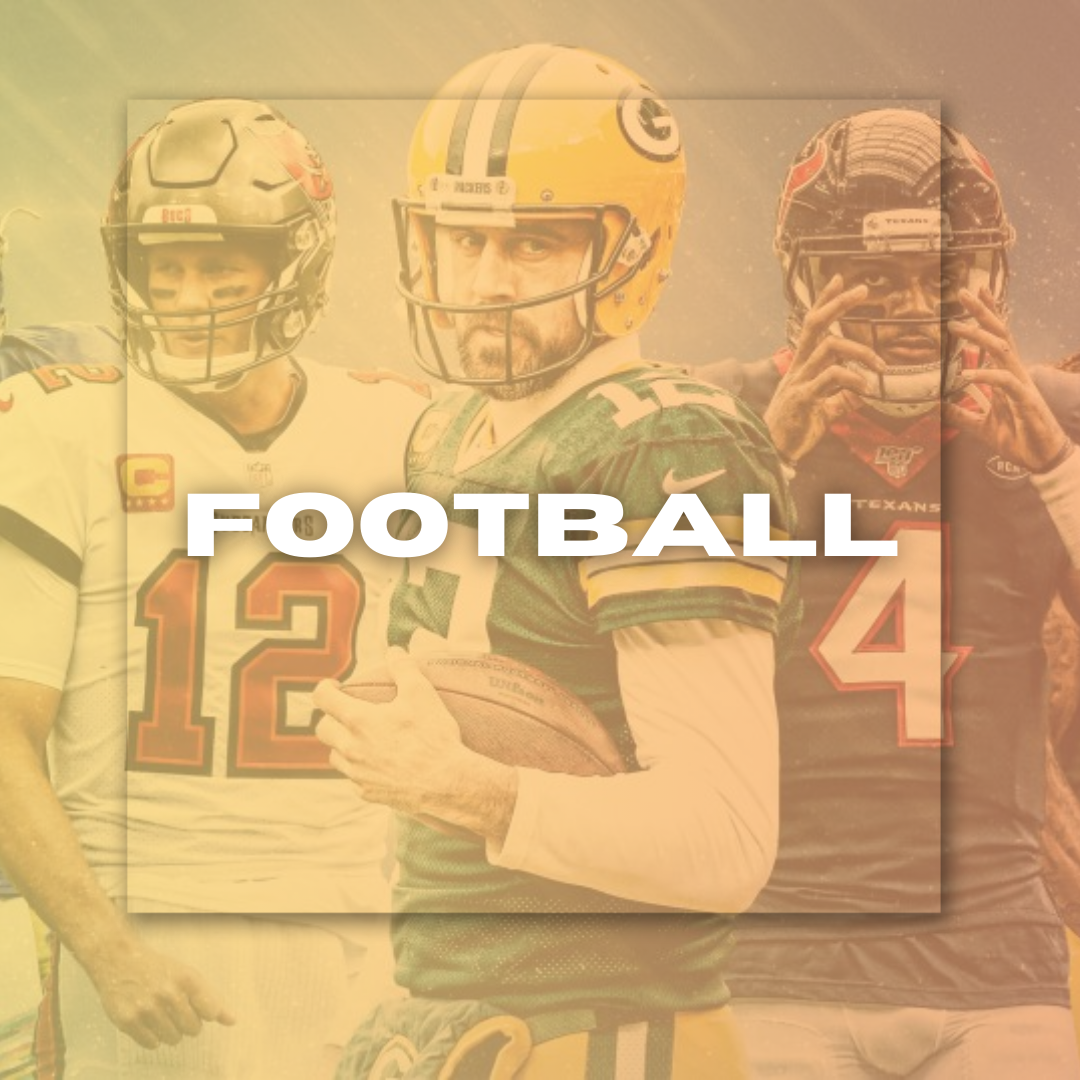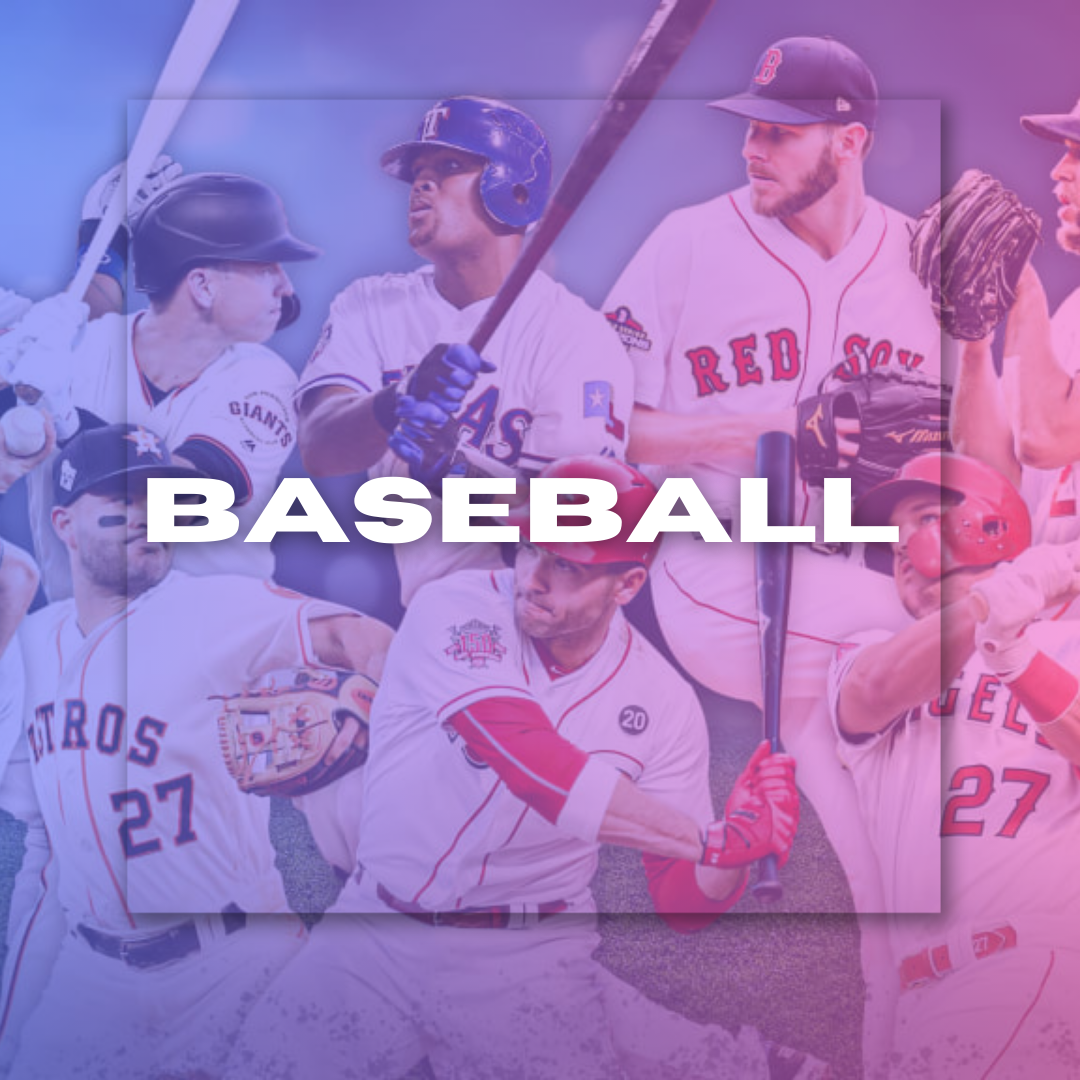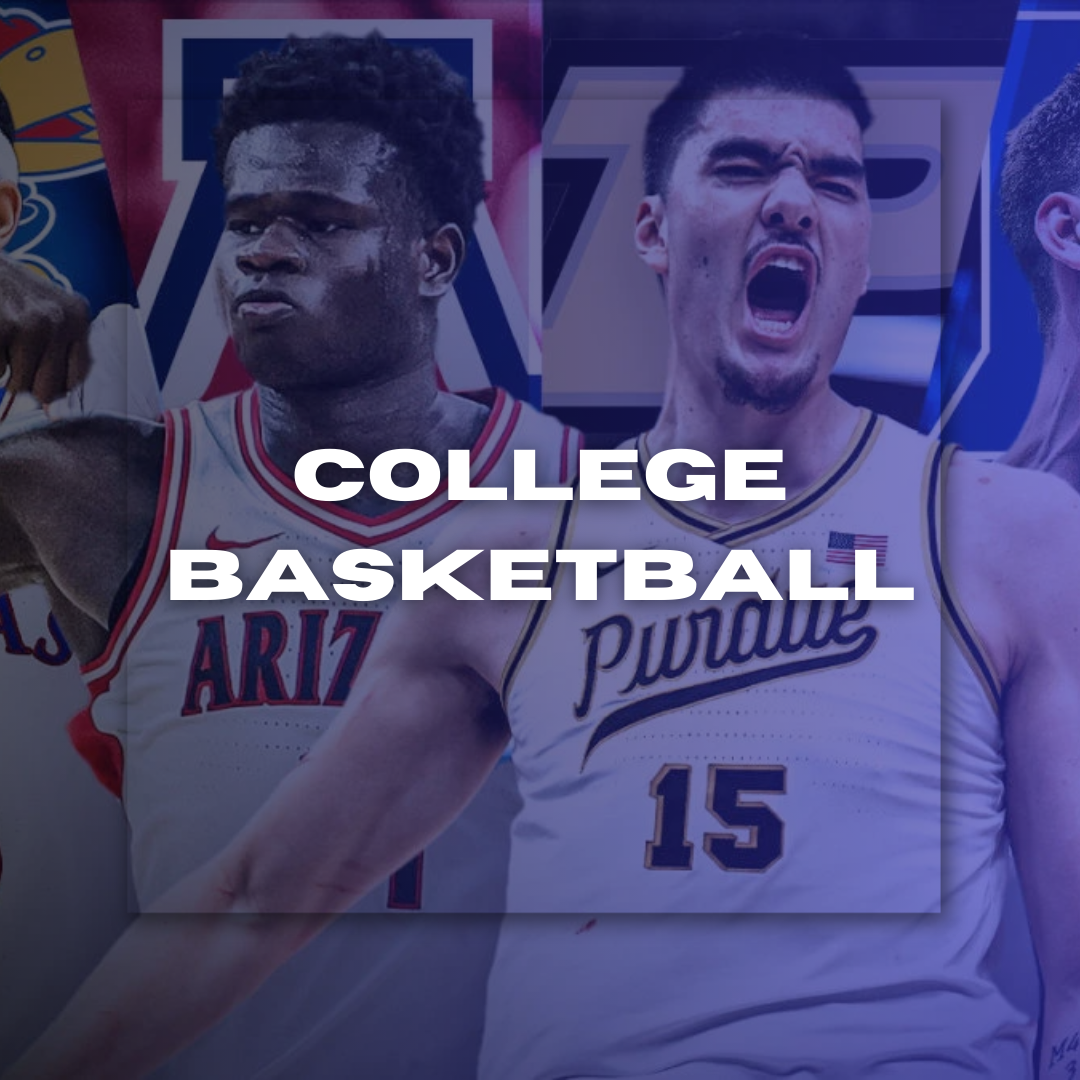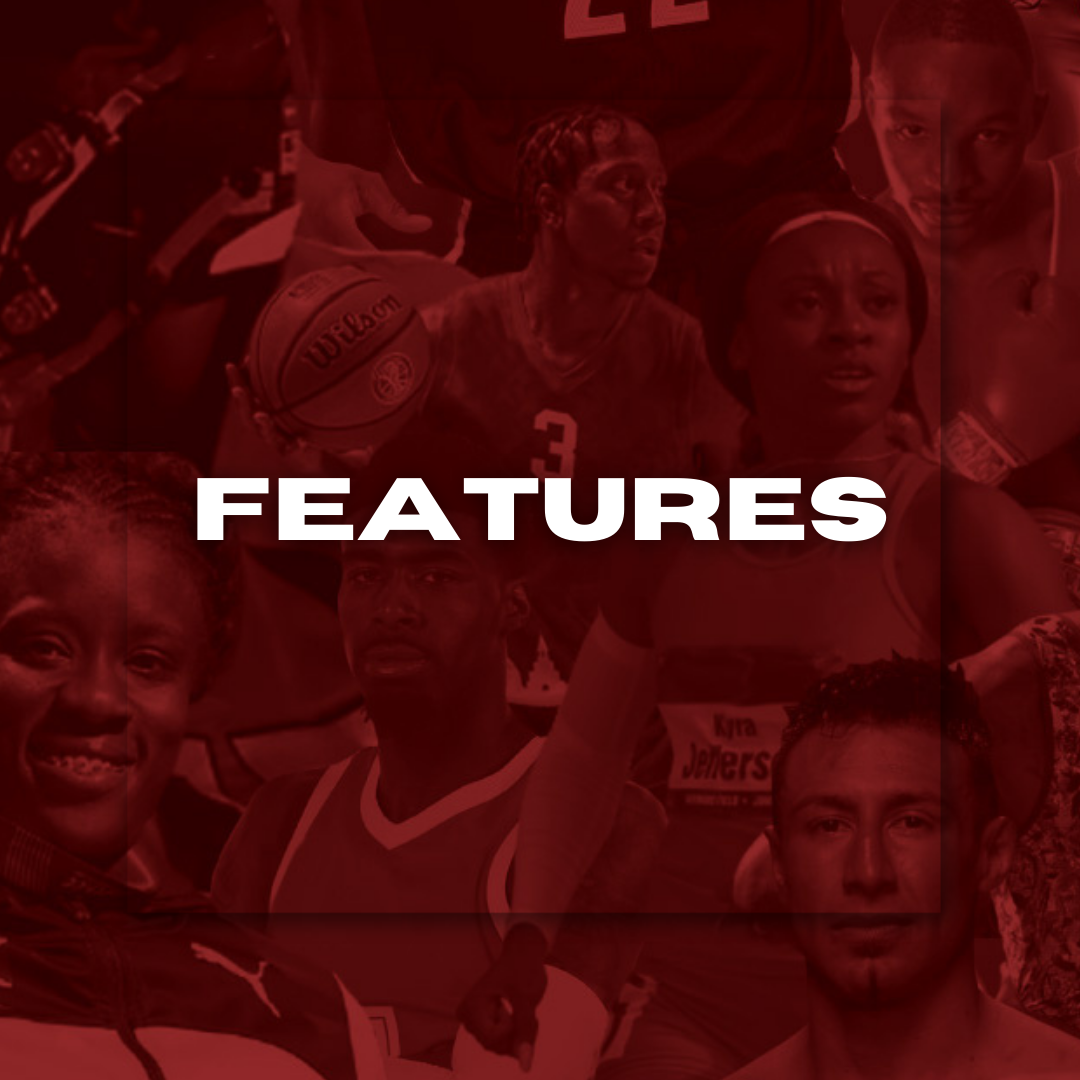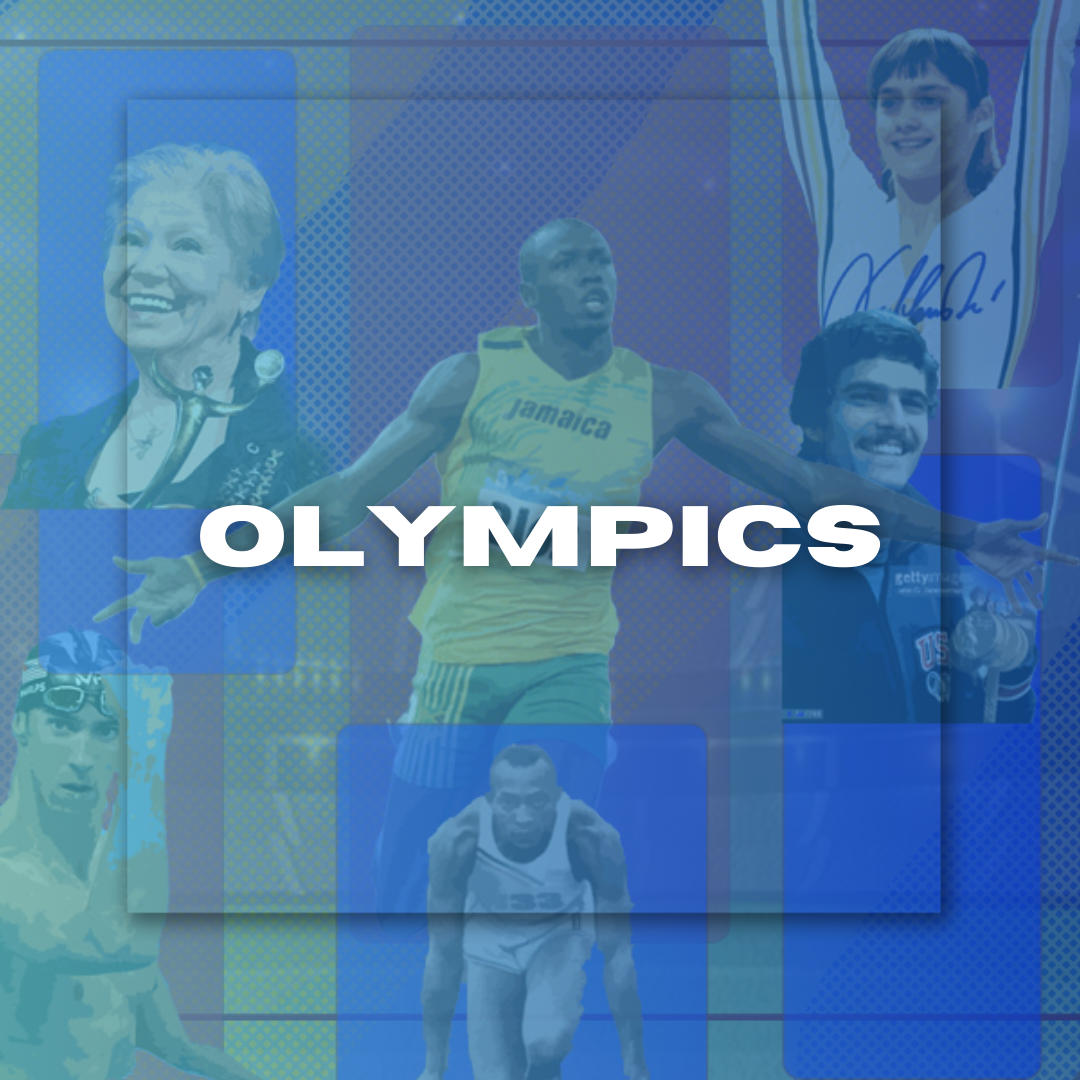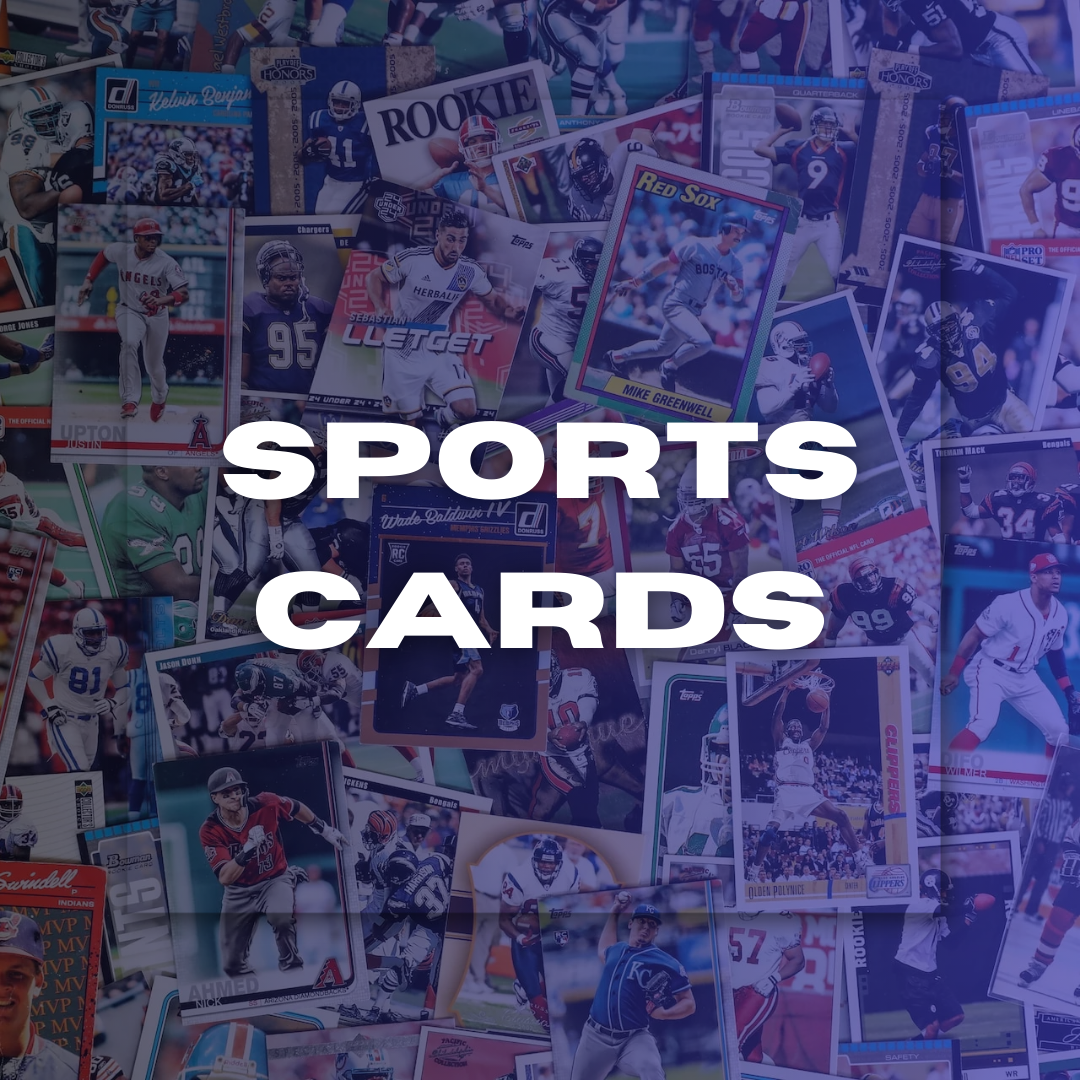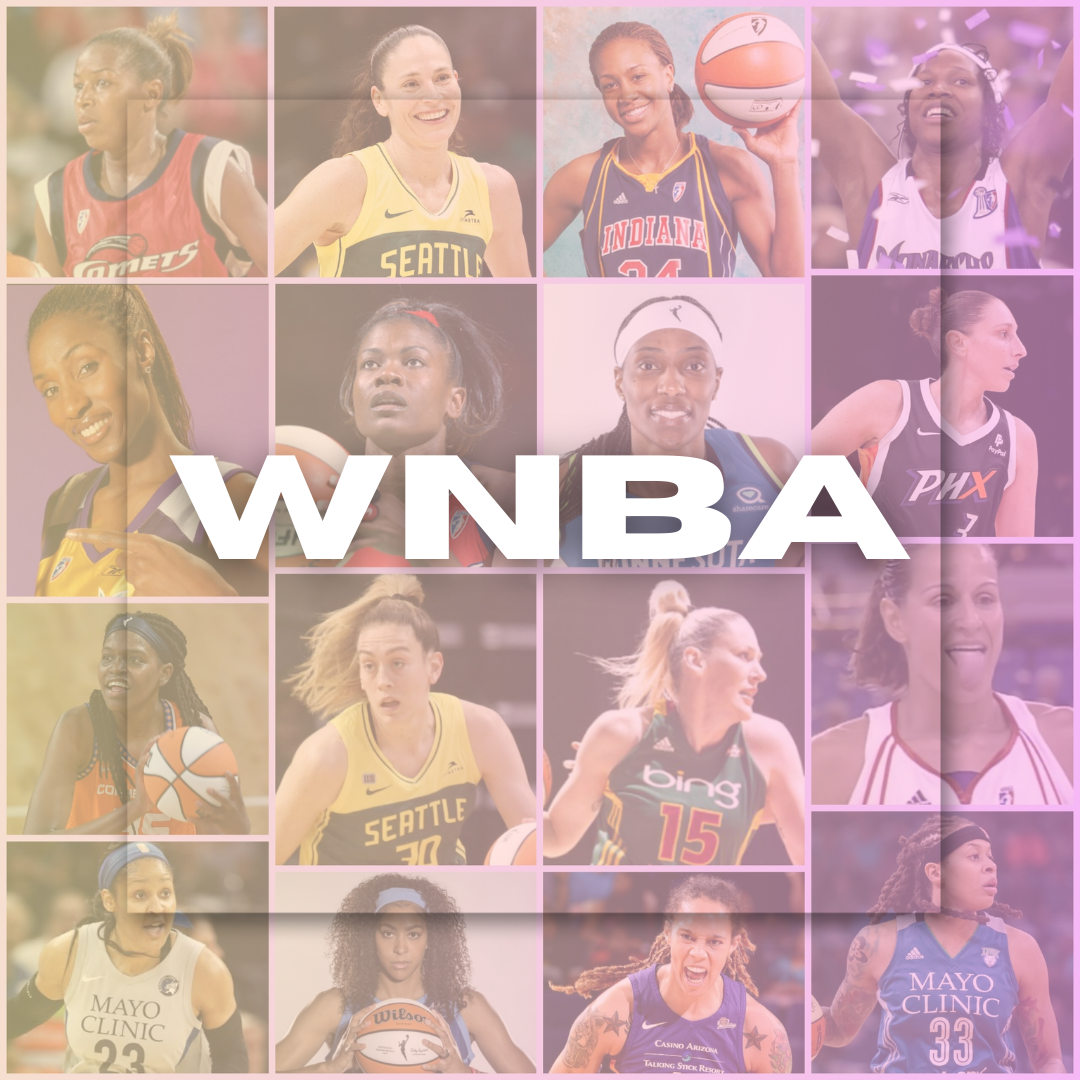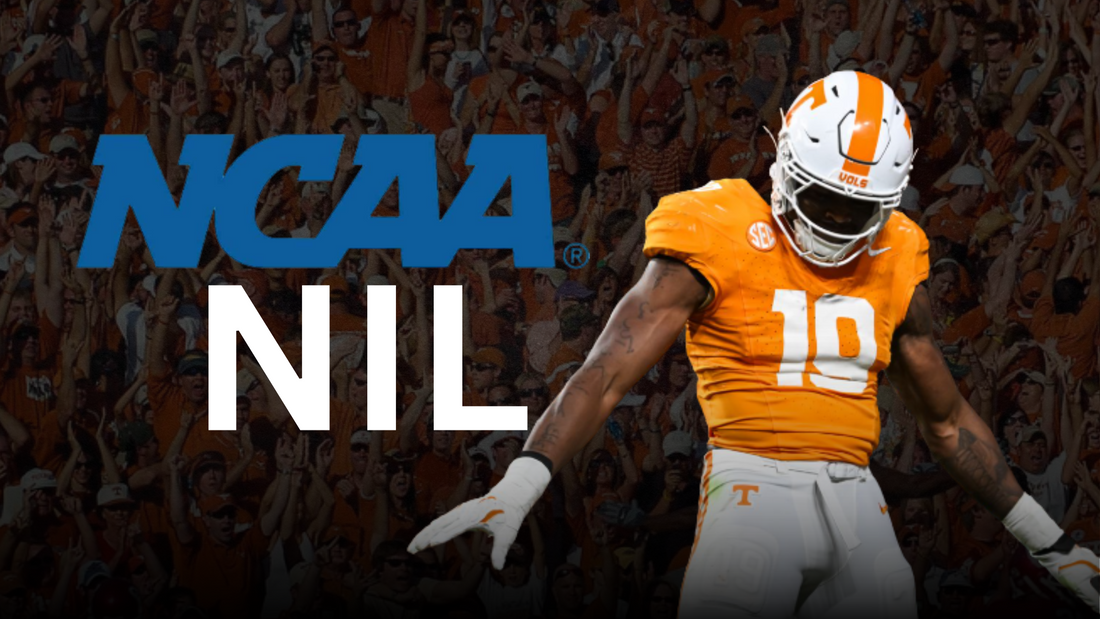
NIL Revenue Sharing: How Will July 1 Changes Reshape College Football and Basketball?
By Jason Bolton June 10, 2025 09:11
On July 1, 2025, college athletics will enter a new era as a landmark federal court settlement allows NCAA member institutions to share revenue directly with student-athletes for the first time. The House v. NCAA settlement, approved by a U.S. District Court judge in early June, establishes a 10-year revenue-sharing model that will distribute approximately $20.5 million annually per Power Five school to athletes across all sports, fundamentally altering the financial landscape of college football and basketball.
A Historic Shift in College Sports
This settlement ends decades of NCAA amateurism rules that prohibited athletes from receiving direct compensation beyond scholarships. While athletes have been able to profit from third-party NIL (name, image, and likeness) deals since 2021, the new framework permits schools to pay athletes directly from their NIL revenue pools, a game-changer for the sport’s economics.
The $20.5 million cap will increase by at least 4% annually over the next decade and is calculated as 22.5% of Power Five schools’ average athletic revenue. The revenue is expected to be allocated roughly as follows: 75% to football players, 15% to men’s basketball, 5% to women’s basketball, and 5% distributed among other sports. This mirrors the formula used to distribute $2.8 billion in back payments to athletes barred from NIL deals dating back to 2016.
Enforcement and Oversight: The College Sports Commission
To regulate this unprecedented financial flow, the settlement establishes a new enforcement body the College Sports Commission (CSC) tasked with monitoring compliance and penalizing institutions exceeding the revenue cap. The CSC will oversee a clearinghouse called “NIL Go,” managed by Deloitte, which requires athletes to self-report third-party NIL agreements valued at $600 or more for evaluation. This system aims to ensure deals reflect fair market value and curb “pay-for-play” schemes that have plagued college sports.
NCAA President Charlie Baker praised the settlement as a “huge step forward” that “opens a pathway to begin stabilizing college sports” by providing clear rules and direct financial benefits to athletes.
Financial Implications and Competitive Balance
While the $20.5 million cap applies to all sports combined, major football programs are expected to access around $15 million of the pool. However, industry insiders predict that total NIL-related expenses including payments from collectives and third-party entities could reach $40 to $50 million annually for elite programs. This figure far exceeds the capped revenue-sharing amount and reflects the escalating arms race in NIL compensation.
One personnel director from a major conference remarked, “Anyone who believes otherwise is mistaken. The elite football programs are likely to incur expenses of $40-50 million annually.” This suggests that while direct school payments are capped, the broader NIL marketplace will continue to fuel competition for top athletes.
Challenges Ahead
Despite the promise of transparency and fairness, skepticism remains about enforcement effectiveness. Some athletic directors question how rigorously third-party deals will be monitored and whether athletes will fully disclose their agreements. Legal challenges to the clearinghouse’s rulings are anticipated, and some insiders doubt the NCAA’s ability to police the market effectively.
A personnel director bluntly stated, “If you tell a booster they can’t give a star player $2 million, expect lawsuits. There’s no way to enforce this. Fair market value? Forget Deloitte. It’s going to get even wilder.”
Looking Forward
The July 1 rollout marks a turning point in college sports, with schools now empowered to compensate athletes directly, potentially reshaping recruiting, roster management, and competitive dynamics in football and basketball. While the settlement aims to bring order to the NIL marketplace, the coming years will test the balance between regulation and the escalating financial stakes of college athletics.
As one athletic director put it, “At some point, maybe we’ll get two years in a row where we know what’s going on.” Until then, the college sports world braces for a new era of NIL-driven transformation.





















































